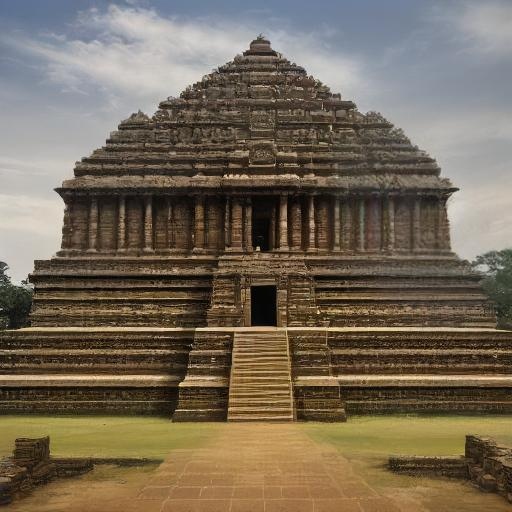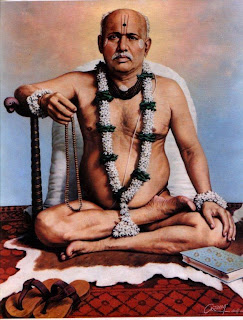The Narmada Parikrama, a spiritual journey around the sacred Narmada River, is considered one of the most arduous yet fulfilling pilgrimages in India. This Parikrama involves circumambulating the river on foot, covering its banks from its origin at Amarkantak in Madhya Pradesh to its mouth at the Arabian Sea in Gujarat, and back again to its source. For those embarking on this journey, one of the primary questions is: how much time does it take?
This article explores the duration of the Narmada Parikrama, the factors influencing the time required, and practical tips for planning the pilgrimage.
Table of Contents
ToggleWhat is the Average Time for the Narmada Parikrama?
The time required for the Narmada Parikrama can vary depending on several factors, but generally, it takes around 3 to 6 months to complete the journey. Here’s a breakdown of the journey:
- Walking Pilgrimage:
- Distance: The total distance for the Parikrama is approximately 2,600 to 3,300 kilometers, depending on the route taken.
- Duration: Walking an average of 15 to 20 kilometers per day, it takes about 4 to 6 months to complete.
- Vehicle Pilgrimage:
- Duration: For those traveling by vehicle, the Parikrama can be completed in 15 to 30 days, but this is less common among traditional pilgrims who prefer walking for its spiritual significance.
Factors Affecting the Duration
- Mode of Travel:
- Walking is the traditional and preferred method for the Parikrama, as it allows devotees to immerse themselves in the spiritual essence of the journey.
- Using vehicles significantly reduces the time but is generally discouraged by traditionalists.
- Weather Conditions:
- The best time to start the Parikrama is between October and February, as the weather is cooler and more conducive to walking.
- Pilgrims avoid the monsoon season (July to September) due to the risk of floods and muddy terrain. Extreme summer heat (March to June) can also slow down the journey.
- Physical Fitness and Pace:
- Individual walking pace and endurance play a major role in determining the time required. Those with better stamina may cover more ground daily.
- Older pilgrims or those with physical limitations might take longer.
- Route Taken:
- The outer Parikrama involves walking along the outer banks of the river and tends to be longer.
- The inner Parikrama, where pilgrims follow a route closer to the river, is slightly shorter.
- Stops and Rituals:
- Pilgrims often stop at various temples, ashrams, and holy sites along the way for prayers, rituals, and rest.
- Participating in local festivities or observing fasts can extend the duration.
Sample Itinerary for a Walking Pilgrimage
Here’s a rough outline of the journey for a walking Parikrama:
- Amarkantak to Jabalpur (Eastern Bank)
- Distance: ~300 km
- Duration: ~20 days
- Jabalpur to Omkareshwar (Eastern Bank)
- Distance: ~400 km
- Duration: ~30 days
- Omkareshwar to Bharuch (Eastern Bank)
- Distance: ~900 km
- Duration: ~60 days
- Bharuch to Bhedaghat (Western Bank)
- Distance: ~1,000 km
- Duration: ~70 days
- Bhedaghat to Amarkantak (Western Bank)
- Distance: ~400 km
- Duration: ~20 days
Essential Tips for Pilgrims
- Plan the Route in Advance:
- Research the route, including temples, food availability, and resting points.
- Physical Preparation:
- Build stamina through regular walking and yoga to prepare for the long distances.
- Pack Lightly:
- Carry essential items such as a water bottle, first aid kit, comfortable footwear, and weather-appropriate clothing.
- Follow the Pilgrimage Customs:
- Walk along the prescribed route, stay on the banks of the river, and avoid shortcuts.
- Stay Connected:
- Inform family members about your progress and carry a mobile phone for emergencies.
- Adopt a Flexible Schedule:
- Be prepared for delays due to weather, health issues, or spiritual activities.
Conclusion
The Narmada Parikrama is not just a physical journey but a deeply spiritual one, symbolizing devotion, perseverance, and the quest for self-discovery. While it typically takes 4 to 6 months on foot, the experience is highly personal, and the duration may vary based on individual circumstances. Proper planning, physical preparation, and a strong sense of faith can make this life-transforming pilgrimage more manageable and fulfilling.
If you’re ready to embark on this journey, remember to honor the traditions, respect the environment, and embrace the spiritual essence of the Narmada Parikrama.
or comprehensive information on the Narmada Parikrama, including government-supported resources, consider the following external links:
- Narmada Parikrama Official Website: Provides detailed insights into the pilgrimage, upcoming events, and guidelines for participants.
- Madhya Pradesh Tourism – Narmada Parikrama Yatra: Offers information on the spiritual journey, including routes and cultural significance, as facilitated by the state’s Department of Tourism.
- Narmada Niranjani Paryavaran Sanrakshan Samiti (NNPSS): A government-registered NGO dedicated to preserving the spiritual ecosystem along the Narmada River.
- Narmada Parikrama Seva Trust: Engages in various activities to support pilgrims and local communities along the Narmada River.
- Narmada Yatra: A resource promoting the Narmada Parikrama, offering guidance for those interested in undertaking the journey.
These resources provide valuable information and support for individuals interested in the Narmada Parikrama, including official guidelines, cultural insights, and assistance for pilgrims.



